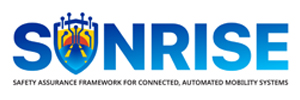Developing and providing a harmonised
and scalable CCAM Safety Assurance Framework
About
Develop and provide a harmonised and scalable
CCAM Safety Assurance Framework
Introduction
The SUNRISE project is about safety assurance of Cooperative, Connected and Automated Mobility (CCAM) systems. This safety assurance is crucial for their successful adoption and deployment in society. CCAM systems must be reliable in every possible driving scenario. This requires a strong safety argumentation, which remains a significant challenge worldwide.
Several initiatives have started to develop test- and assessment methods for CCAM systems, applying a scenario-based approach, and combining both physical and virtual testing. Although automotive stakeholders generally seem to agree on this overall approach, the current situation is leading to silo solutions. The lack of a common approach, therefore hampers the large-scale and safe introduction of CCAM systems in society.
It is for these reasons that the SUNRISE project started. The SUNRISE project aims to establish a common safety assurance framework, interconnecting silos and making them collaborate in a harmonised way.
Main goal
Develop and provide a harmonised and scalable CCAM Safety Assurance Framework that fulfils the needs of different automotive stakeholders, for a continuously evolving number of use cases and scenarios.
Key one-liner
“The decade long debate in scenario-based assessment converges into a common basis.”
Safety Assurance Framework
“Safety Assurance Framework” is a rather abstract and intangible topic. In order to enhance the general understanding, this figure visualizes the way in which the SUNRISE Safety Assurance Framework is intended to be used by different stakeholders.
It shows the different types of stakeholders, that each have their own interests in the framework. It also shows possible questions that each of these stakeholders want to get answered by the framework.
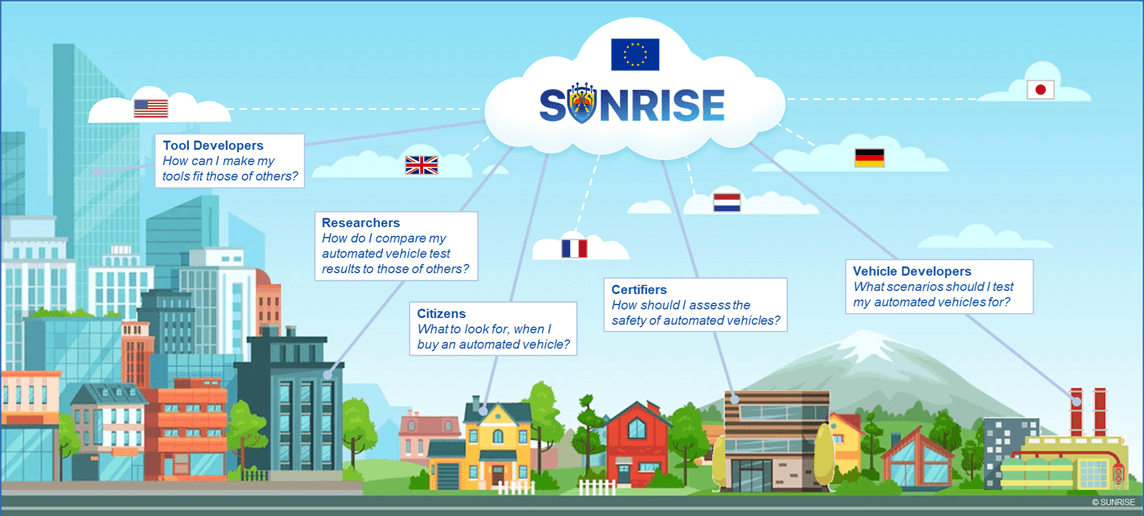
Work plan
This figure shows the general approach or workplan applied in the SUNRISE project. A central role can be observed for the Safety Assurance Framework. This framework is based on several methods and a toolchain. Another important component is the data framework. The Safety Assurance Framework will be put to the test by a series of relevant and realistic test cases.
Development does not start from scratch. It is based on existing safety assurance frameworks and related initiatives (including the predecessor project HEADSTART). The test cases are derived from a variety of CCAM systems and use cases, including urban- and highway driving of passenger cars, but also automated parking of freight vehicles.

Together with twin initiatives from other parts of the world, the SUNRISE consortium actively engages with external stakeholders, such as vehicle safety bodies and standardization entities. This engagement aims at adoption of project results by these external stakeholders.
Objectives
Overcoming the challenges CCAM technologies and systems face in terms of safety assurance for their broad adoption
Allowing large-scale deployment of CCAM
Providing methods and tools to enable stakeholders to build evidence on the safe and reliable operation of a CCAM system in the relevant driving scenarios
Activities
Shaping harmonized and scalable safety assessment methodologies and certifications
Creating a federated European Scenario Database framework and a commonly agreed simulation framework
Engaging with stakeholders worldwide
Use cases:
Urban AD validation (ODD: intersections)
Traffic Jam AD validation (ODD: highway)
Highway AD validation (ODD: highway)
Freight vehicle automated parking validation (ODD: logistic terminal, connectivity, light rain or attack injection)

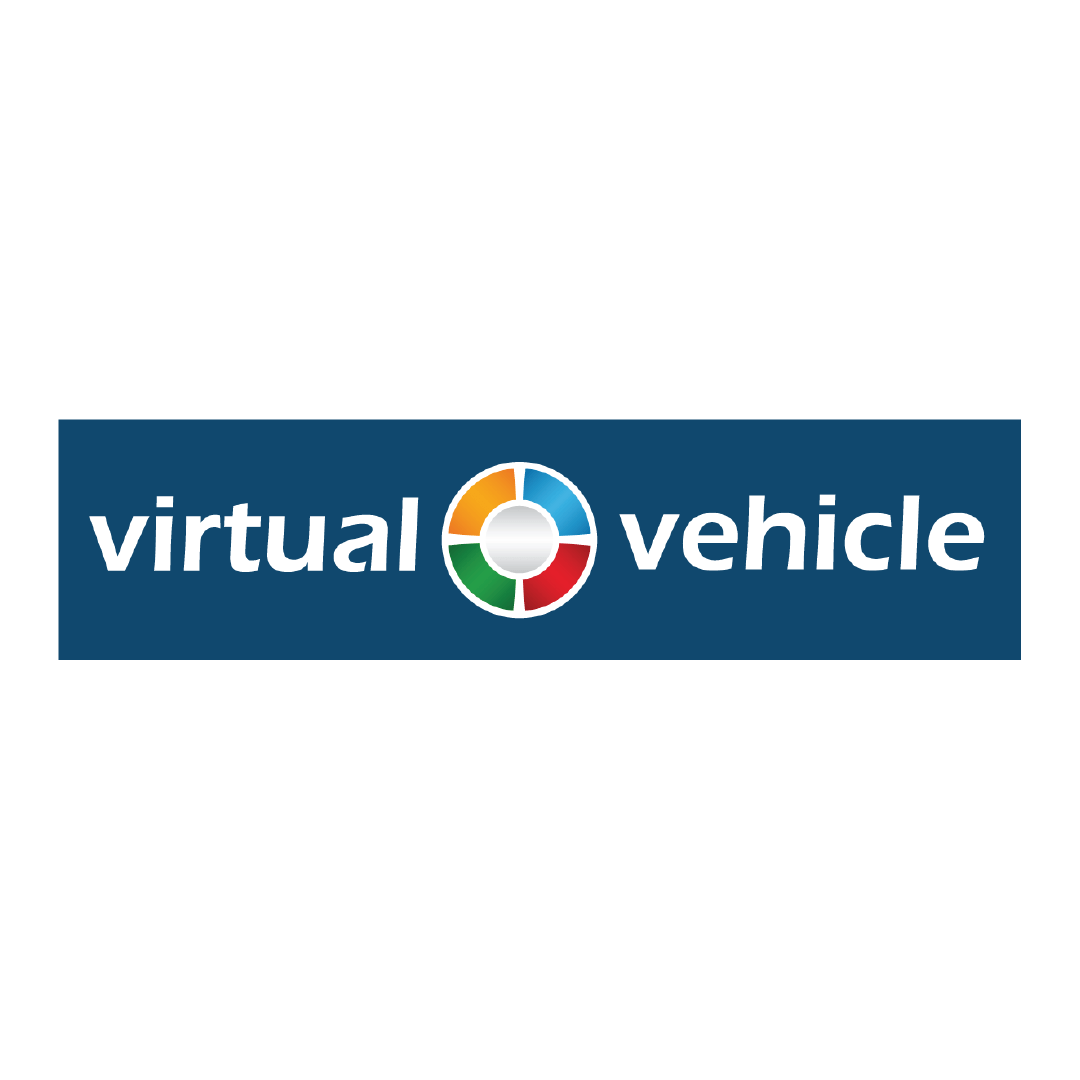
The international partner network of VIRTUAL VEHICLE consists of around 100 national and international industrial partners (OEMs, Tier 1 and Tier 2 suppliers as well as software providers) as well as over 40 national and international scientific institutions.
www.v2c2.at

The next wave of innovation has already presented itself in the shape of artificial intelligence (AI). We have developed algorithms that could potentially participate in our society as intelligent machines. Machines that will support humans, but that will also break free from the workplace and move through our world autonomously. Robots that will transport us, take care of us, defend us, entertain us, or be our companions.
This is an artificial form of intelligence (AI) that we, as humans, will have to relate to. As with many technological developments, the rise of AI arouses many emotions. On the one hand, we long to find out how AI can improve our lives. On the other, we fear that AI will disrupt our society and democracy. TNO predicts that AI will become ‘big’ in the next ten years. Big in the sense of societal and economic impact, but also in the sense of ‘maturity’ and its capacity to display responsible and moral behaviour.
www.tno.nl/en/
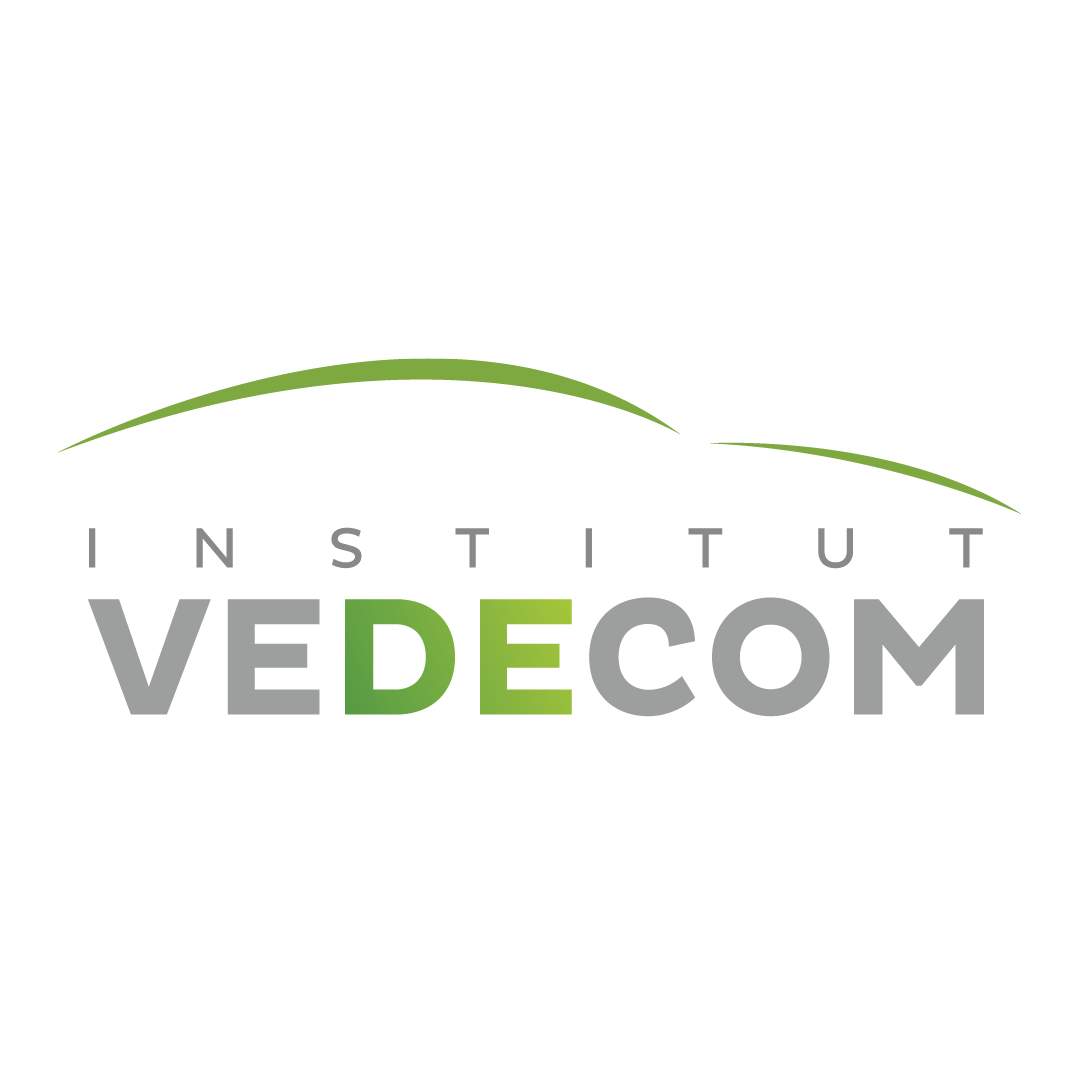
It comes under the ‘Autonomous vehicle plan’ and was recently added to ‘Eco-mobility’, one of nine ‘solutions for future industry’ that form part of a government scheme called ‘Nouvelle France Industrielle’, designed to reinvigorate the country’s industry.
With the backing of its founders and of the NextMove competitive cluster since 2010, VEDECOM is a partnership-based foundation belonging to Versailles Saint-Quentin-en-Yvelines University. Based on an unprecedented collaboration of more than 50 players, it gathers academic establishments, local authorities and private actors involved in mobility evolution: automotive, transport and mobility, logistics, road infrastructure, telecommunications, energy, aeronautics and defence, digital services and simulation, insurance.
www.vedecom.fr

With regard to the scientific education we lead the Automotive Engineering program at RWTH Aachen University. Already during the studies, student workers can be actively integrated in running projects. To this end, we regularly present ourselves at events especially for students, such as the bonding Automotive Day. For excellent graduates ika offers positions for scientists which allow PhD studies in 6 different fields of research.
We also regularly offer non-scientific positions and are furthermore an active training centre. In cooperation with IHK Aachen we continuously offering job trainings in German.
In addition, we participate in information events for schoolchildren, such as Girls’ Day, in order to get young people interested in technology from an early age.
www.ika.rwth-aachen.de/en/
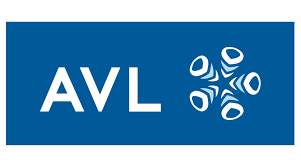
In addition to our core business, Deepen AI is enabling safe autonomous vehicles through multi-stakeholder collaborative initiatives. Chief among these is Safety Pool, a global incentive-based brokerage of shared driving scenarios and safety data for autonomous driving systems. We’re also a proud member of ASAM and leader in several OpenX standardization activities including OpenLABEL, openODD, openXOntology, and OpenSCENARIO 2.0.
Headquartered in Silicon Valley, California. Deepen AI has satellite offices in Hyderabad, Munich, Hong Kong, and Tokyo.
www.deepen.ai
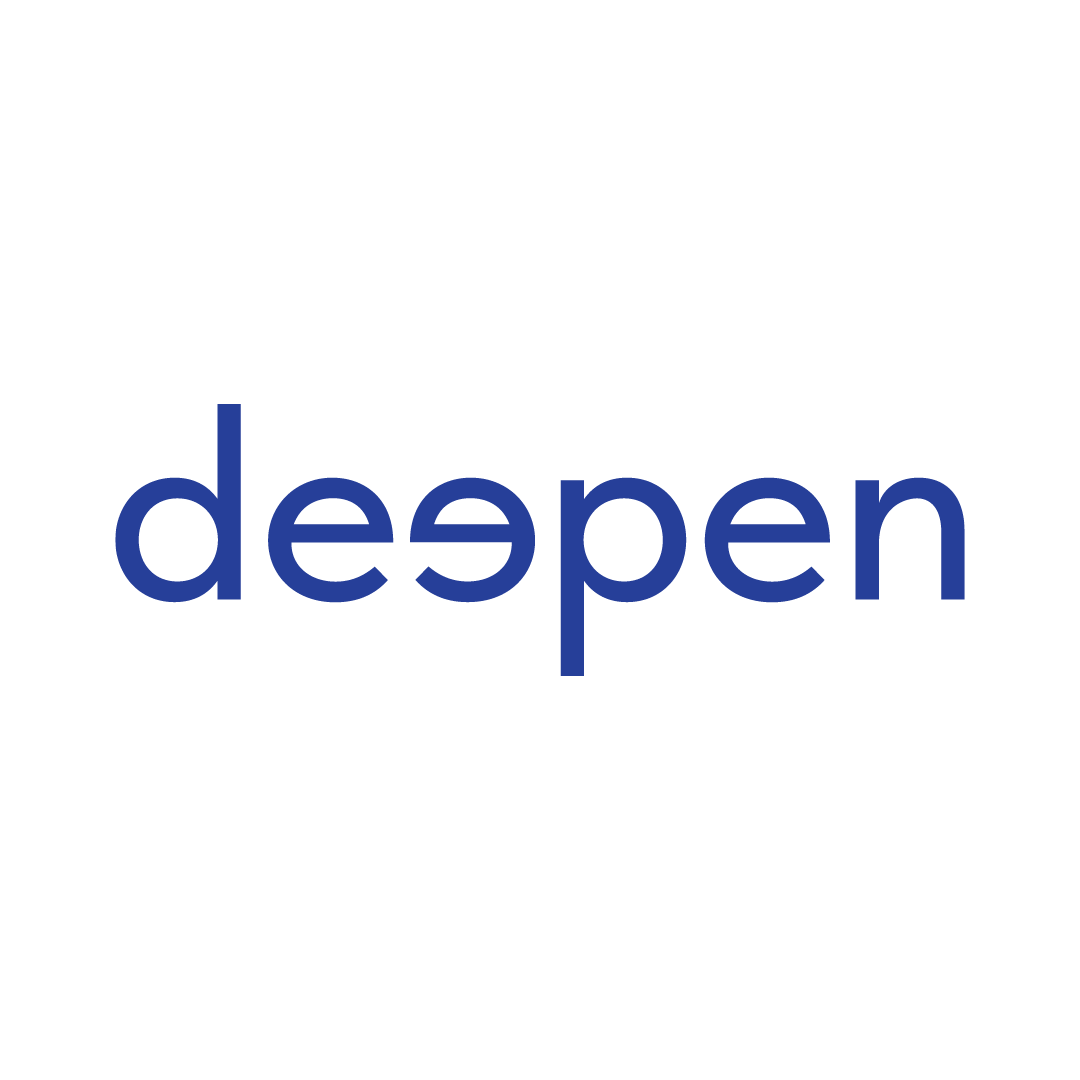
In addition to our core business, Deepen AI is enabling safe autonomous vehicles through multi-stakeholder collaborative initiatives. Chief among these is Safety Pool, a global incentive-based brokerage of shared driving scenarios and safety data for autonomous driving systems. We’re also a proud member of ASAM and leader in several OpenX standardization activities including OpenLABEL, openODD, openXOntology, and OpenSCENARIO 2.0.
Headquartered in Silicon Valley, California. Deepen AI has satellite offices in Hyderabad, Munich, Hong Kong, and Tokyo.
www.deepen.ai

In addition to our core business, Deepen AI is enabling safe autonomous vehicles through multi-stakeholder collaborative initiatives. Chief among these is Safety Pool, a global incentive-based brokerage of shared driving scenarios and safety data for autonomous driving systems. We’re also a proud member of ASAM and leader in several OpenX standardization activities including OpenLABEL, openODD, openXOntology, and OpenSCENARIO 2.0.
Headquartered in Silicon Valley, California. Deepen AI has satellite offices in Hyderabad, Munich, Hong Kong, and Tokyo.
www.deepen.ai
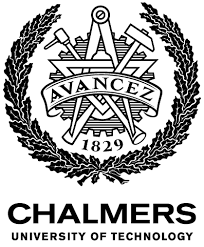
In addition to our core business, Deepen AI is enabling safe autonomous vehicles through multi-stakeholder collaborative initiatives. Chief among these is Safety Pool, a global incentive-based brokerage of shared driving scenarios and safety data for autonomous driving systems. We’re also a proud member of ASAM and leader in several OpenX standardization activities including OpenLABEL, openODD, openXOntology, and OpenSCENARIO 2.0.
Headquartered in Silicon Valley, California. Deepen AI has satellite offices in Hyderabad, Munich, Hong Kong, and Tokyo.
www.deepen.ai
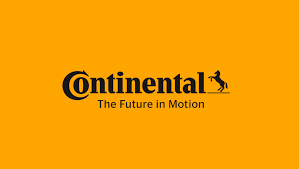
In addition to our core business, Deepen AI is enabling safe autonomous vehicles through multi-stakeholder collaborative initiatives. Chief among these is Safety Pool, a global incentive-based brokerage of shared driving scenarios and safety data for autonomous driving systems. We’re also a proud member of ASAM and leader in several OpenX standardization activities including OpenLABEL, openODD, openXOntology, and OpenSCENARIO 2.0.
Headquartered in Silicon Valley, California. Deepen AI has satellite offices in Hyderabad, Munich, Hong Kong, and Tokyo.
www.deepen.ai

In addition to our core business, Deepen AI is enabling safe autonomous vehicles through multi-stakeholder collaborative initiatives. Chief among these is Safety Pool, a global incentive-based brokerage of shared driving scenarios and safety data for autonomous driving systems. We’re also a proud member of ASAM and leader in several OpenX standardization activities including OpenLABEL, openODD, openXOntology, and OpenSCENARIO 2.0.
Headquartered in Silicon Valley, California. Deepen AI has satellite offices in Hyderabad, Munich, Hong Kong, and Tokyo.
www.deepen.ai

In addition to our core business, Deepen AI is enabling safe autonomous vehicles through multi-stakeholder collaborative initiatives. Chief among these is Safety Pool, a global incentive-based brokerage of shared driving scenarios and safety data for autonomous driving systems. We’re also a proud member of ASAM and leader in several OpenX standardization activities including OpenLABEL, openODD, openXOntology, and OpenSCENARIO 2.0.
Headquartered in Silicon Valley, California. Deepen AI has satellite offices in Hyderabad, Munich, Hong Kong, and Tokyo.
www.deepen.ai

In addition to our core business, Deepen AI is enabling safe autonomous vehicles through multi-stakeholder collaborative initiatives. Chief among these is Safety Pool, a global incentive-based brokerage of shared driving scenarios and safety data for autonomous driving systems. We’re also a proud member of ASAM and leader in several OpenX standardization activities including OpenLABEL, openODD, openXOntology, and OpenSCENARIO 2.0.
Headquartered in Silicon Valley, California. Deepen AI has satellite offices in Hyderabad, Munich, Hong Kong, and Tokyo.
www.deepen.ai
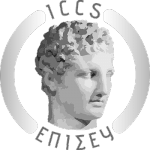
In addition to our core business, Deepen AI is enabling safe autonomous vehicles through multi-stakeholder collaborative initiatives. Chief among these is Safety Pool, a global incentive-based brokerage of shared driving scenarios and safety data for autonomous driving systems. We’re also a proud member of ASAM and leader in several OpenX standardization activities including OpenLABEL, openODD, openXOntology, and OpenSCENARIO 2.0.
Headquartered in Silicon Valley, California. Deepen AI has satellite offices in Hyderabad, Munich, Hong Kong, and Tokyo.
www.deepen.ai

In addition to our core business, Deepen AI is enabling safe autonomous vehicles through multi-stakeholder collaborative initiatives. Chief among these is Safety Pool, a global incentive-based brokerage of shared driving scenarios and safety data for autonomous driving systems. We’re also a proud member of ASAM and leader in several OpenX standardization activities including OpenLABEL, openODD, openXOntology, and OpenSCENARIO 2.0.
Headquartered in Silicon Valley, California. Deepen AI has satellite offices in Hyderabad, Munich, Hong Kong, and Tokyo.
www.deepen.ai
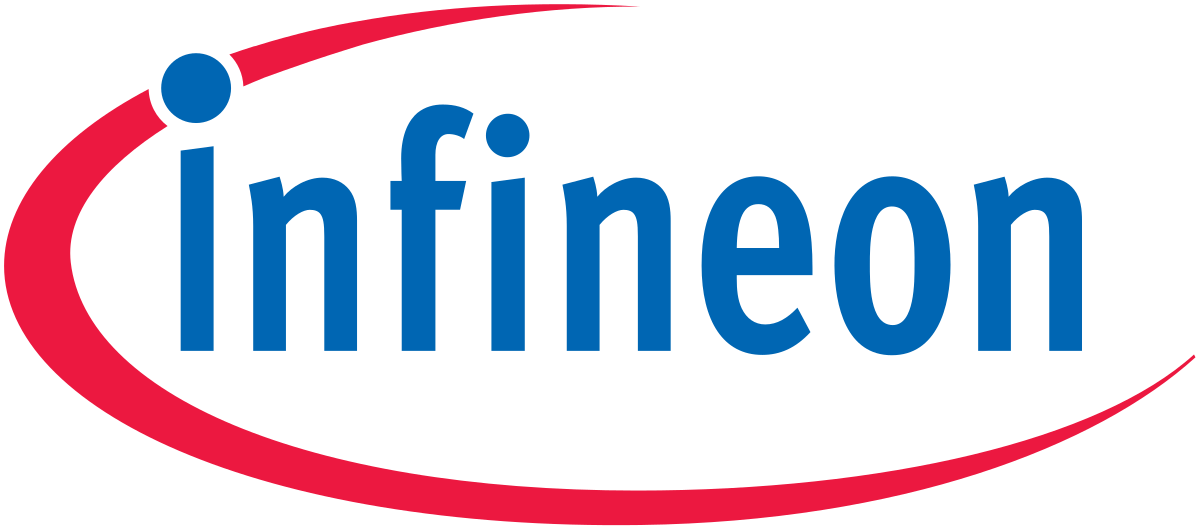
In addition to our core business, Deepen AI is enabling safe autonomous vehicles through multi-stakeholder collaborative initiatives. Chief among these is Safety Pool, a global incentive-based brokerage of shared driving scenarios and safety data for autonomous driving systems. We’re also a proud member of ASAM and leader in several OpenX standardization activities including OpenLABEL, openODD, openXOntology, and OpenSCENARIO 2.0.
Headquartered in Silicon Valley, California. Deepen AI has satellite offices in Hyderabad, Munich, Hong Kong, and Tokyo.
www.deepen.ai

In addition to our core business, Deepen AI is enabling safe autonomous vehicles through multi-stakeholder collaborative initiatives. Chief among these is Safety Pool, a global incentive-based brokerage of shared driving scenarios and safety data for autonomous driving systems. We’re also a proud member of ASAM and leader in several OpenX standardization activities including OpenLABEL, openODD, openXOntology, and OpenSCENARIO 2.0.
Headquartered in Silicon Valley, California. Deepen AI has satellite offices in Hyderabad, Munich, Hong Kong, and Tokyo.
www.deepen.ai

In addition to our core business, Deepen AI is enabling safe autonomous vehicles through multi-stakeholder collaborative initiatives. Chief among these is Safety Pool, a global incentive-based brokerage of shared driving scenarios and safety data for autonomous driving systems. We’re also a proud member of ASAM and leader in several OpenX standardization activities including OpenLABEL, openODD, openXOntology, and OpenSCENARIO 2.0.
Headquartered in Silicon Valley, California. Deepen AI has satellite offices in Hyderabad, Munich, Hong Kong, and Tokyo.
www.deepen.ai

In addition to our core business, Deepen AI is enabling safe autonomous vehicles through multi-stakeholder collaborative initiatives. Chief among these is Safety Pool, a global incentive-based brokerage of shared driving scenarios and safety data for autonomous driving systems. We’re also a proud member of ASAM and leader in several OpenX standardization activities including OpenLABEL, openODD, openXOntology, and OpenSCENARIO 2.0.
Headquartered in Silicon Valley, California. Deepen AI has satellite offices in Hyderabad, Munich, Hong Kong, and Tokyo.
www.deepen.ai

In addition to our core business, Deepen AI is enabling safe autonomous vehicles through multi-stakeholder collaborative initiatives. Chief among these is Safety Pool, a global incentive-based brokerage of shared driving scenarios and safety data for autonomous driving systems. We’re also a proud member of ASAM and leader in several OpenX standardization activities including OpenLABEL, openODD, openXOntology, and OpenSCENARIO 2.0.
Headquartered in Silicon Valley, California. Deepen AI has satellite offices in Hyderabad, Munich, Hong Kong, and Tokyo.
www.deepen.ai

In addition to our core business, Deepen AI is enabling safe autonomous vehicles through multi-stakeholder collaborative initiatives. Chief among these is Safety Pool, a global incentive-based brokerage of shared driving scenarios and safety data for autonomous driving systems. We’re also a proud member of ASAM and leader in several OpenX standardization activities including OpenLABEL, openODD, openXOntology, and OpenSCENARIO 2.0.
Headquartered in Silicon Valley, California. Deepen AI has satellite offices in Hyderabad, Munich, Hong Kong, and Tokyo.
www.deepen.ai
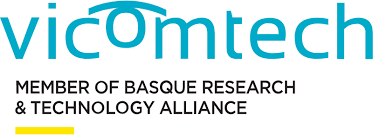
In addition to our core business, Deepen AI is enabling safe autonomous vehicles through multi-stakeholder collaborative initiatives. Chief among these is Safety Pool, a global incentive-based brokerage of shared driving scenarios and safety data for autonomous driving systems. We’re also a proud member of ASAM and leader in several OpenX standardization activities including OpenLABEL, openODD, openXOntology, and OpenSCENARIO 2.0.
Headquartered in Silicon Valley, California. Deepen AI has satellite offices in Hyderabad, Munich, Hong Kong, and Tokyo.
www.deepen.ai

In addition to our core business, Deepen AI is enabling safe autonomous vehicles through multi-stakeholder collaborative initiatives. Chief among these is Safety Pool, a global incentive-based brokerage of shared driving scenarios and safety data for autonomous driving systems. We’re also a proud member of ASAM and leader in several OpenX standardization activities including OpenLABEL, openODD, openXOntology, and OpenSCENARIO 2.0.
Headquartered in Silicon Valley, California. Deepen AI has satellite offices in Hyderabad, Munich, Hong Kong, and Tokyo.
